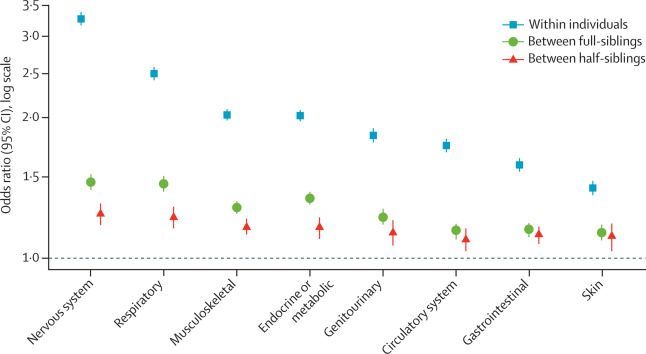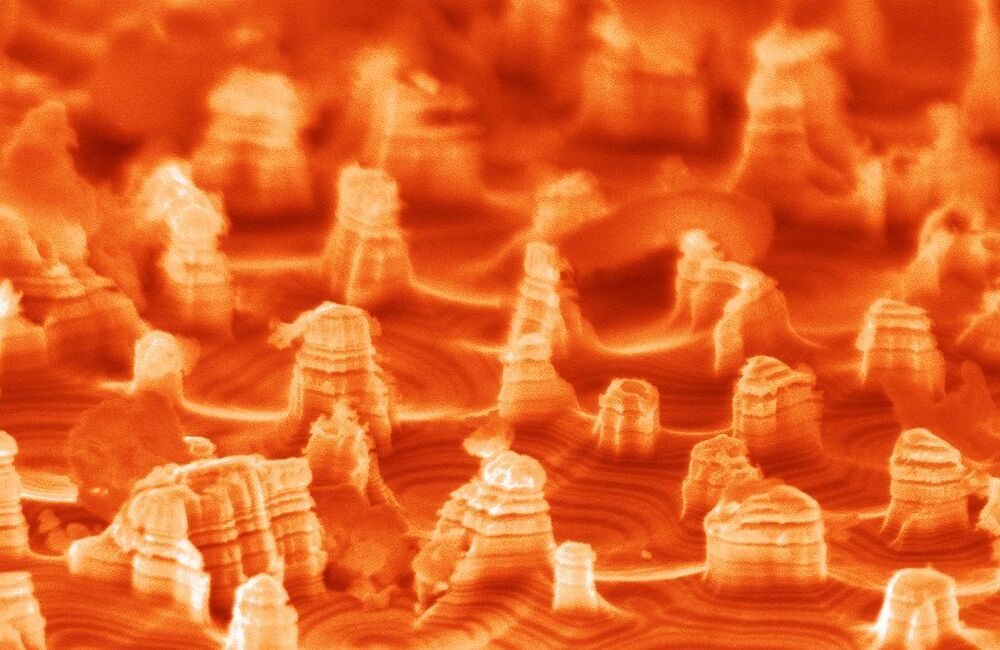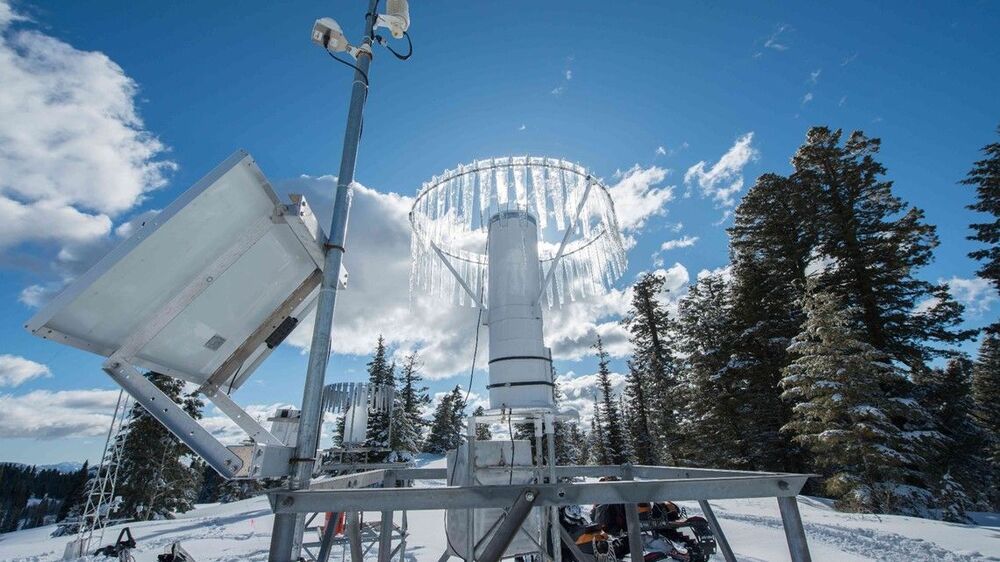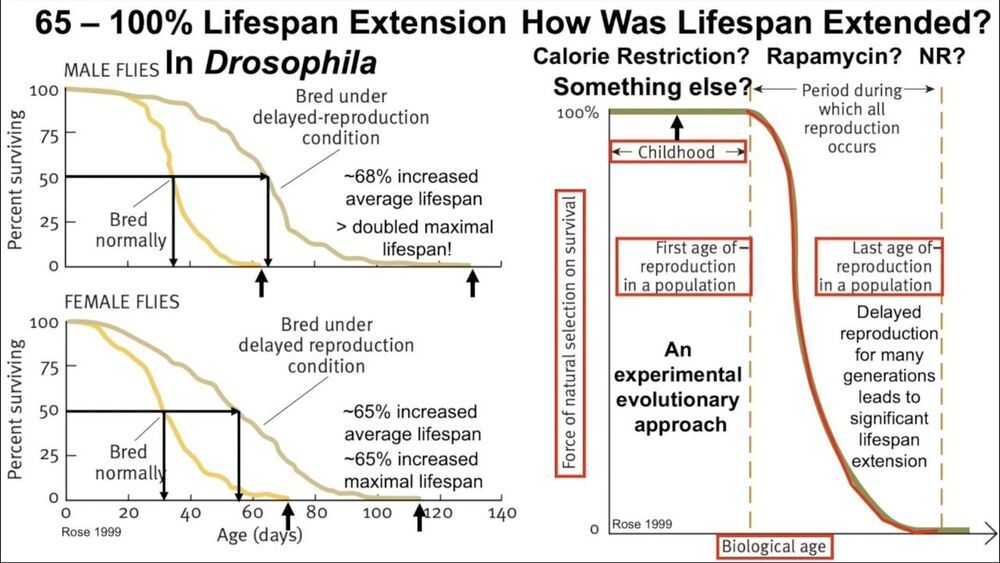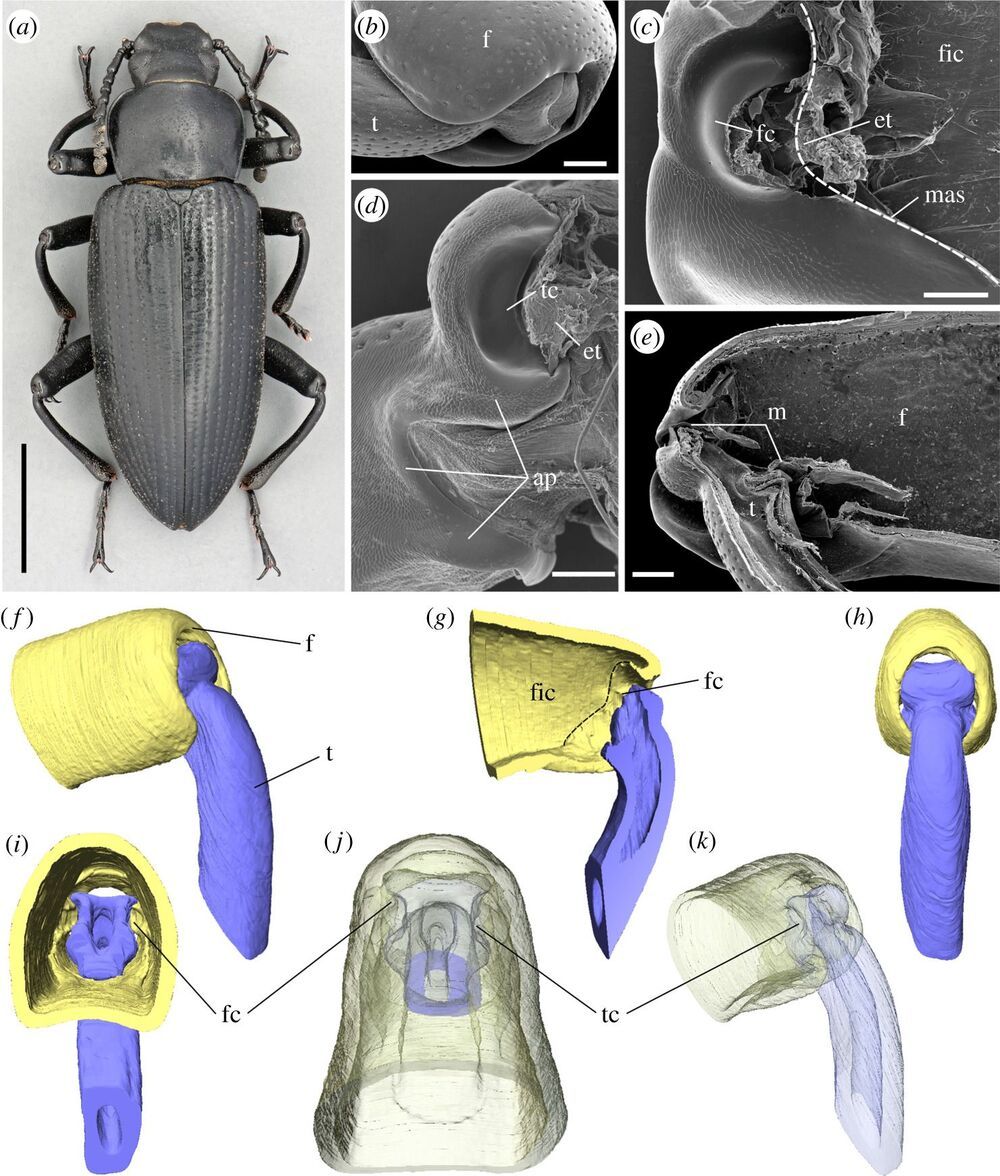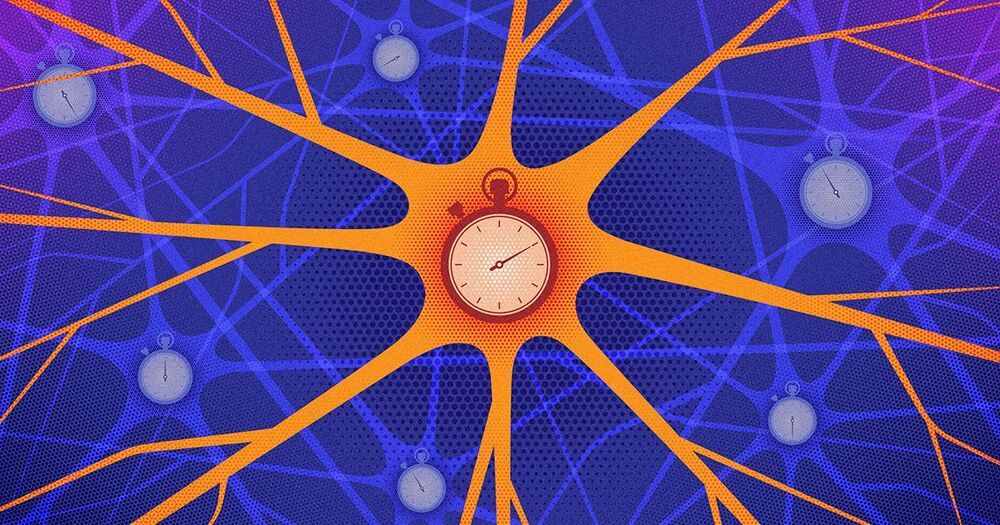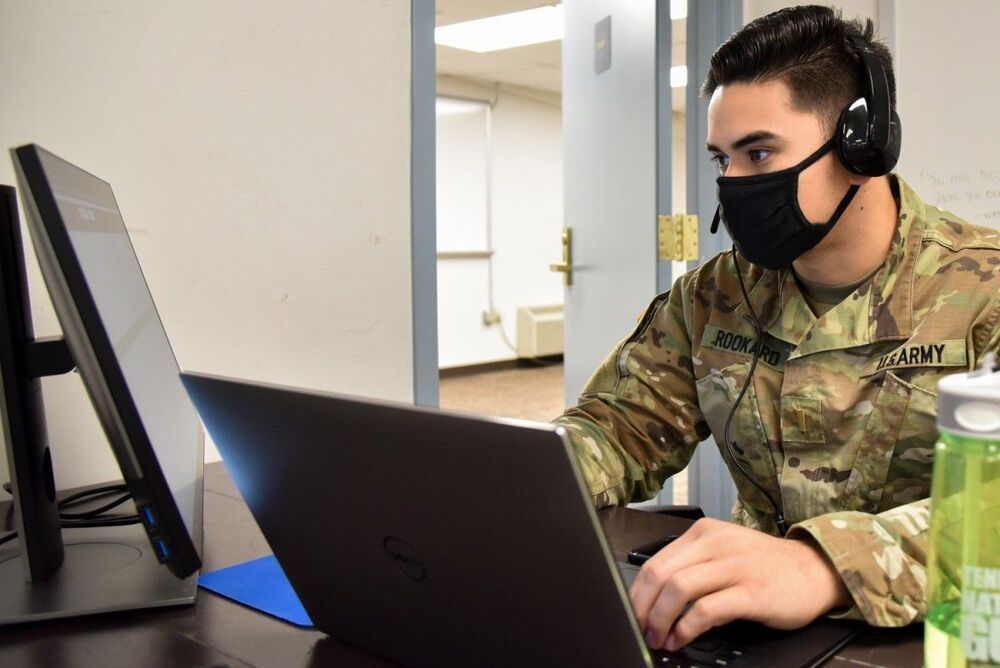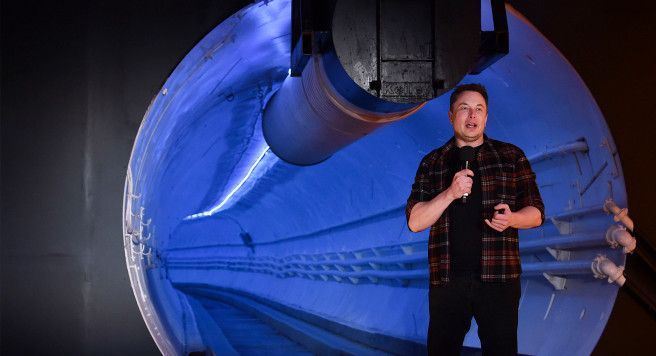This mapping of aetiological sources of cross-disorder overlap can guide future research aiming to identify specific mechanisms contributing to risk of physical conditions in people with ADHD, which could ultimately inform preventive and lifestyle intervention efforts. Our findings highlight the importance of assessing the presence of physical conditions in patients with ADHD.
Swedish Research Council; Swedish Brain Foundation; Swedish Research Council for Health, Working Life, and Welfare; Stockholm County Council; StratNeuro; EU Horizon 2020 research and innovation programme; National Institute of Mental Health.
